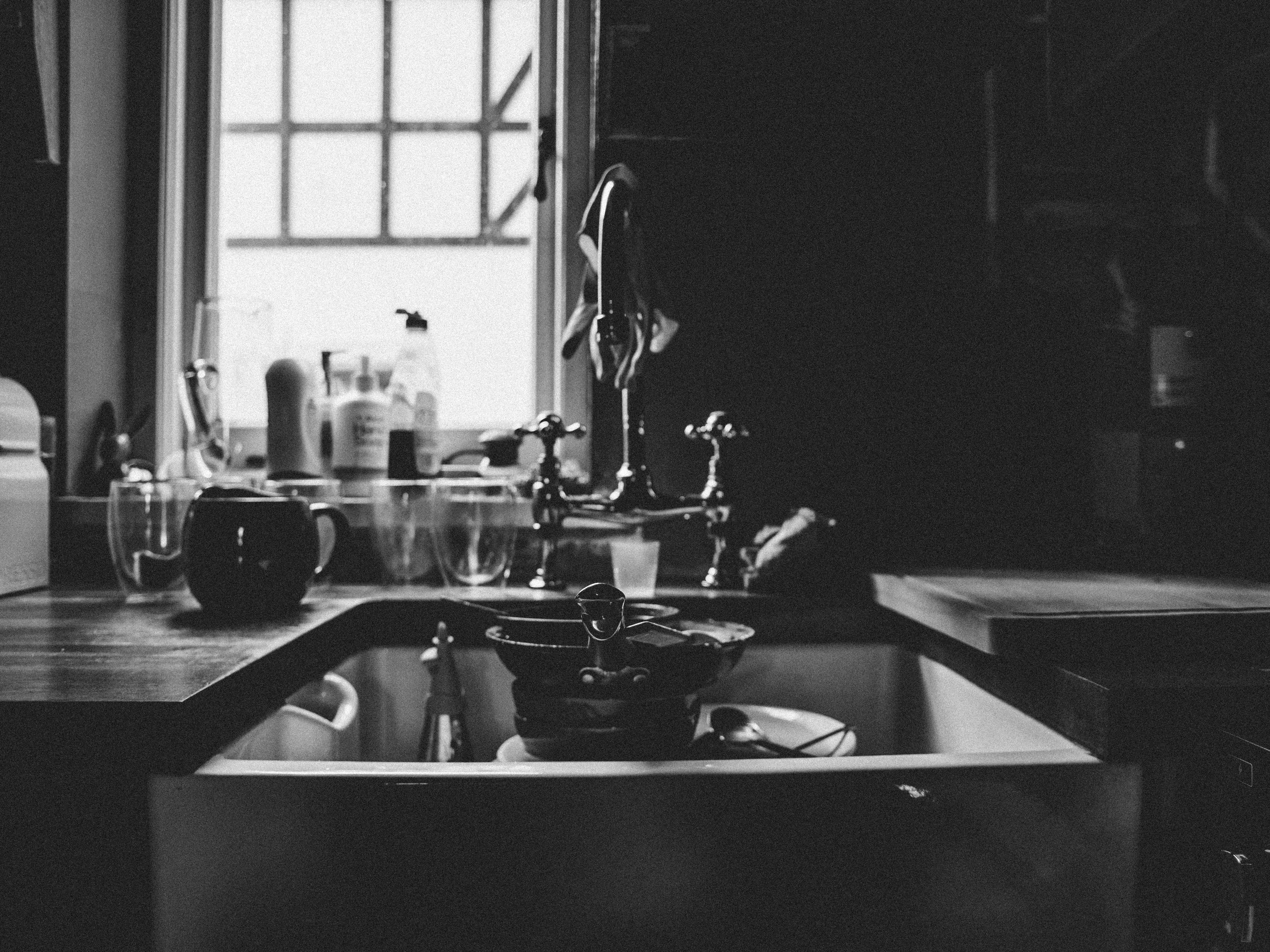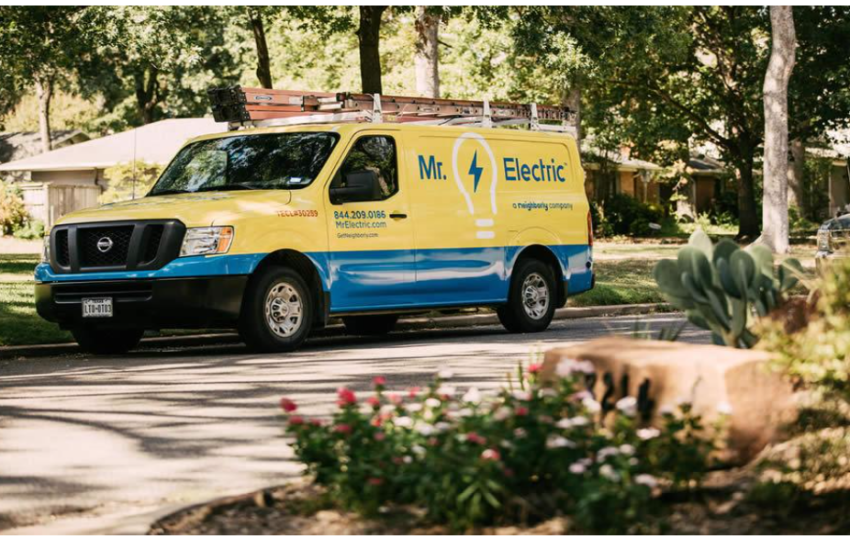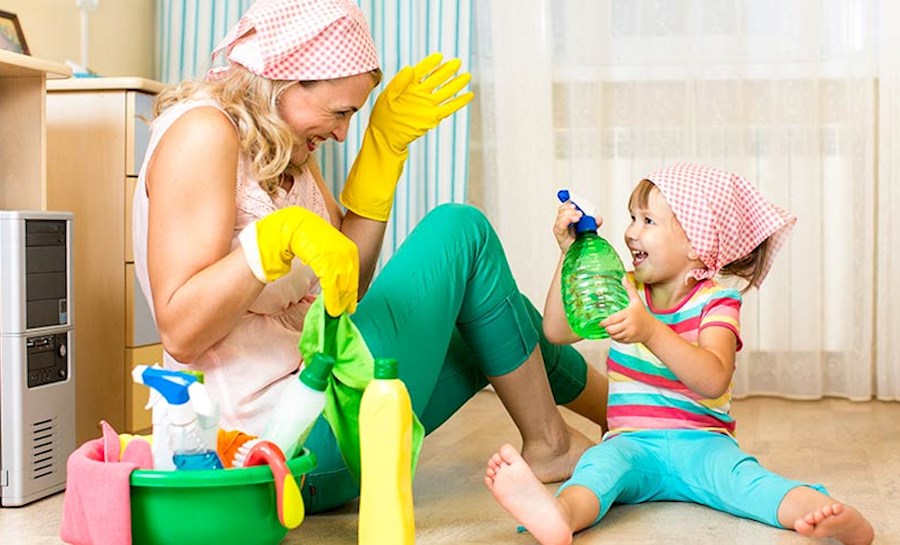How To Reduce Costly Home Repairs
While we all aspire to have a rainy-day account, sometimes life (and our home) has other plans. From leaking roofs to broken boilers, clogged drains to electrical faults, when the worst does happen in the home, we may have to seek alternative financing options. We’ll help you uncover the most common household repairs and whether it’s safe to undertake them yourself or if it’s best to call in the professionals.
Roofing issues
Roofs are exposed to all the elements and following heavy winds or torrential downpours you may detect water dripping into the room below or a brown stain appearing on the ceiling. If you do spot this, it’s worth heading outside to see if any tiles are missing or cracks have appeared. If there’s nothing obviously amiss, head under the eaves and check for daylight poking through the roof.
Gutters are the first line of defense against extensive water damage to your home and can be maintained by you. Gutters and downspouts should be cleaned on a regular basis, but it’s worth having them professionally cleaned once a year so the roofer can spot any other potential problems.
Most roof and chimney repairs will need a professional, from a safety point of view if nothing else.
Boiler problems
Boiler problems tend to occur during the winter (just when you need a boiler the most!). The most common problem tends to be low pressure. If the pressure is too low, your central heating system is likely not able to function properly, and your boiler may switch itself off. You may also notice intermittent supplies of heat and hot water. A simple first step to look for is a visible leak in the system. If a leak is found, you’ll need to call out a Gas Safe engineer. If you don’t find a leak in the system, try re-pressurising your boiler.
If the weather is perishing, your condensate pipe may become frozen. Before you call in the engineers and face a hefty bill, check to see if warning lights are flashing on the boiler, then ensure the power to the system is switched off. Locate the pipe outside and pour hot water (not boiling) along the pipe – paying special attention to the joints. If this doesn’t do the trick, you’ll have to call in the experts.
Household appliances
The most common household appliances to break tend to be the most expensive, and with surveys suggesting the majority of us dispose of the offending item and buy a new one instead of repairing it, there are certain things you can do to extend their lifespan.
Washing machines
Washing machines tend to be the ones that break the most often. To reduce this risk – and added expense, make sure air can circulate around the machine to avoid it becoming overheated. Similarly, try to avoid heavy loads, and check pockets for items that could pierce the drum.
Fridge-freezers
Whilst having a washing machine break down is an inconvenience, having the refrigerator stop working can be a disaster. Food can spoil – quickly – culminating in another added expense. While fridges tend to give out completely after about 10 years, allowing dust to accumulate on the condenser coils can significantly impact its working life.
Dishwashers
Anything plumbed in can do a lot of damage to your home. Avoid costly dishwasher repairs by using a special cleaner once a month and running it with an empty machine. This will prevent dry rot from perishing seals, gaskets, and hoses.


